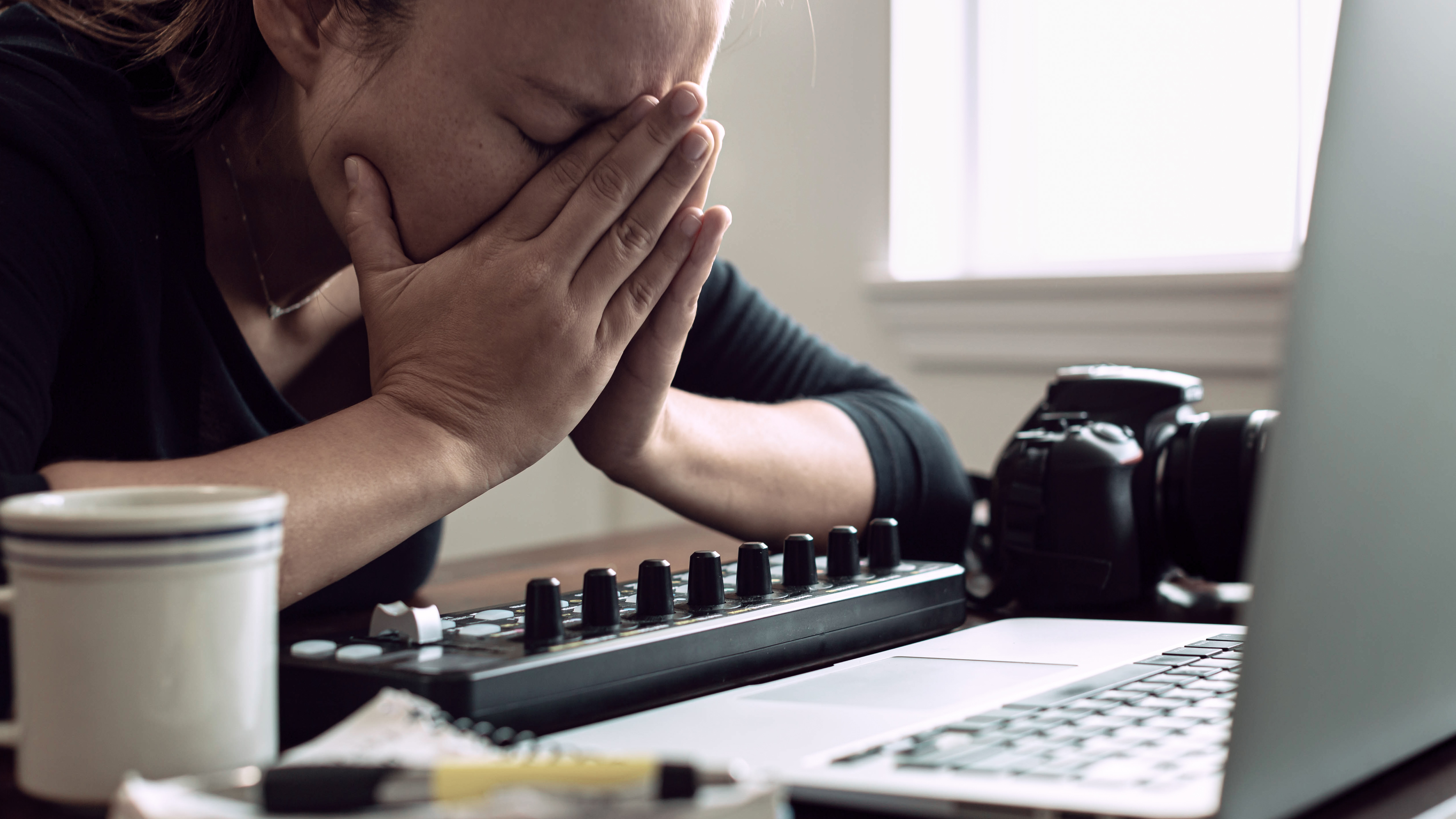I have to turn down well-paid work because my laptop just can't cope with editing video from modern mirrorless cameras
Is modern video work paid enough given the tech required?

There’s nothing more frustrating than turning down well-paid work because your laptop doesn’t have the processing power to edit big video files. Over the last few months, I have had to say no to several videography jobs because my strained 2017 MacBook Pro struggles to buffer even proxy files.
The best full-frame cameras today are capable of outputting incredibly high-quality video. It’s impressive that the Panasonic Lumix S5 II, for example, can shoot 4:2:0 10 bit 6K video while the Sony Alpha A1 captured 4:2:0 10-bit 8K. To cope with such large files, you need a laptop with a fast processor, lots of RAM, and a large hard drive.
Sometimes, it feels like I’m stuck in a vicious circle. I need well-paid jobs to afford a new laptop, but for the same reason, I can’t accept them. I recently had to revert to editing a video shot on my camera using an app on my phone. Luckily, it was only ever intended to be a reel, so I got away with it, but for more in-depth projects requiring different transitions, graphic overlays, and beautiful color grading, in-app editing won’t cut it.
I’ve tried everything to make DaVinci Resolve work on my computer. I’ve deleted software I rarely use to free up space, downloaded a Mac clean-up tool to get rid of files clogging my hard drive, and always worked from an external hard drive.
The new M-series chip found in all Macbooks since the 2022 M2 Macbook Air is way more powerful than the previous dual-Intel processors used. With built-in video encoders, it's faster and uses a lot less power to perform the same tasks, resulting in a laptop that doesn’t get hot and slow down. Individual components are also soldered directly to the Apple-made motherboard which again cuts down on transfer time and makes the video editing process much more efficient. There really is nothing worse than having to wait for that spinning-colored cursor to disappear before you can move on to the next step.
Sadly for now all I can do is struggle on with my 2017 Macbook Pro hope that the photography jobs keep coming in. For the time being, I can just about run Photoshop and Lightroom at the same time so I guess I should count my blessings that I'm not entirely out of action.
Investing in a top-of-the-range camera that boasts big sensors, top-quality video, and huge RAW files might seem appealing, but there are a lot of other considerations you should factor in. Not only might your laptop not be powerful enough, but you’ll quickly start using up storage space, too, so it’s definitely something to consider.
The best camera deals, reviews, product advice, and unmissable photography news, direct to your inbox!
Check out our guide to the best laptops for video editing, and the best hard drives for video editing

Having studied Journalism and Public Relations at the University of the West of England Hannah developed a love for photography through a module on photojournalism. She specializes in Portrait, Fashion and lifestyle photography but has more recently branched out in the world of stylized product photography. Hannah spent three years working at Wex Photo Video as a Senior Sales Assistant, using her experience and knowledge of cameras to help people buy the equipment that is right for them. With eight years experience working with studio lighting, Hannah has run many successful workshops teaching people how to use different lighting setups.
